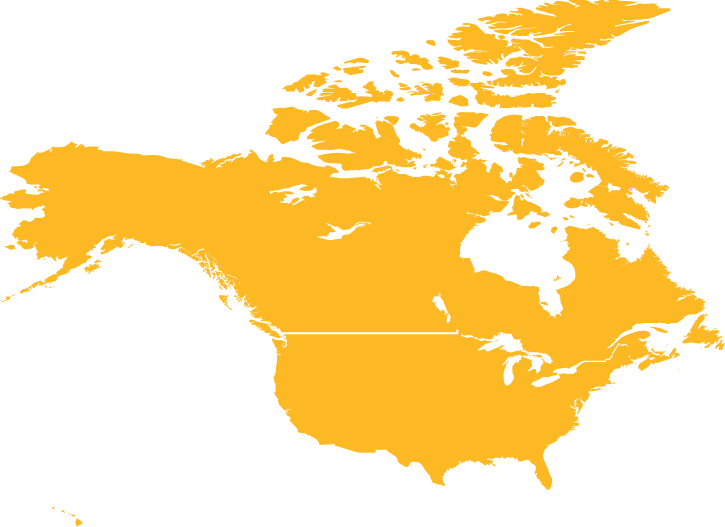UNEP NEWS RELEASE
NAGOYA, 29 October 2010--After close to 20 years of discussion and debate,
Governments from across the globe today agreed to a new treaty to manage
the world’s economically-central genetic resources in a far fairer and more
systematic way.
The approval, to establish an International Regime on Access and Benefit
Sharing of Genetic Resources (ABS), came on the last day of the Convention
on Biological Diversity meeting taking place in Nagoya, Japan.
The treaty, a Protocol to the main convention, lays down basic ground rules
on how nations cooperate in obtaining genetic resources from animals to
plants and fungi.
It also outlines how the benefits, arising, for example, when a plant’s
genetics are turned into a commercial product such as a pharmaceutical, are
shared with the countries and communities who have conserved and managed
that resource, often for millennia.
Achim Steiner, UN Under-Secretary-General and Executive Director of the UN
Environment Programme (UNEP) which administers the Convention, said “This is a day to celebrate in terms of a new and innovative response to the alarming loss of biodiversity and ecosystems. And a day to celebrate in terms of opportunities for lives and livelihoods in terms of overcoming poverty and delivering sustainable development."
“It is also an important moment for the United Nations and the ability of countries to put aside the narrow differences that all too often divide in favour of the broader, shared issues that can unite peoples and nations. I would like to congratulate all Governments concerned for bringing a fresh vision to the more intelligent management of life on Earth”, he added.
The new Nagoya Protocol on ABS lays out rules on how derivatives—substances and compounds derived from genetic resources-- will be dealt with under an ABS regime.
It also addresses the issue of traditional knowledge and pathogens—for example, how developed countries may in emergency situations obtain a flu virus in order to develop a vaccine to counter a possible epidemic.
The Protocol also says Governments should begin considering ways of
recompensing developing countries for genetic material that may have been
collected years, decades even centuries ago-- if in future they become used
to produce say a new pharmaceutical or crop variety.
One option may be to put a proportion of any profits arising into a special
fund to be used by developing countries in order, for example, to build
conservation or scientific capacity.
Strategic Plan - Governments also adopted a new strategic plan including targets for addressing biodiversity loss to be met by 2020.
For example, Governments agreed to increase the extent of land-based
protected areas and national parks to 17 per cent of the Earth’s surface,
up from around 12.5 per cent now, and to extend marine protected areas to
10 per cent, up from under 1 per cent currently.
Other elements of the extensive plan include, by 2020, lifting the
extinction risk from known threatened species.
The meeting agreed to study resource mobilization for assisting developing
countries to meet the new targets in the plan based on a methodology that
relates support to needs and gaps.
Other decisions included taking a "precautionary approach" in terms of
emerging areas such as geo-engineering in order to combat climate change
and the development of synthetic biofuels.
Mr. Steiner said the two-week meeting, building on 10 months of the UN’s
International Year of Biodiversity, had also delivered a sea change in the
global understanding of the multi-trillion dollar importance of
biodiversity and forests, freshwaters and other ecosystems to the global
economy and to national economies, and, in particular, for the “GDP of the
poor”.
The case has been built via The Economics of Ecosystems and Biodiversity
(TEEB), an initiative hosted by UNEP, requested by G8 Environment Ministers
as well as developing country ones and supported by Governments including
Germany, Norway and the United Kingdom.
In Nagoya, the final, global TEEB report was launched as countries
including Brazil and India announced they would be launching their own
national TEEB studies.
A parallel and supporting partnership was also announced by the World Bank
in collaboration with several organizations including UNEP to "green"
national accounts in order to mainstream "natural capital" within national
economic and development plans.
The project is initially set to be implemented in between six and 10
countries including Colombia and Mexico.
“Conservation and the sustainable use of biodiversity need catalytic,
strategic, serious and targeted investments from the public sector that
reflects also the links between biodiversity and, for example, climate
change. But ultimately the billions — if not hundreds of billions --
required will only come when public policies and incentives are aligned
with nature in a way that unleashes private sector investments.”
“This perhaps is the ultimate litmus test with natural capital given equal
standing with human and financial capital. Indeed history may show that
this may be the real success and legacy of 2010 and of the Nagoya meeting”,
he added.
“Nagoya has certainly set new benchmarks upon which the nations of the
world will be judged by their citizens. This time round these targets need
to be an inspirational and drivers of fundamental change towards a
sustainable, Green Economy for the many and not just the few”, said Mr.
Steiner.
“I would like to thank and congratulate Ryu Matsumoto, the Minister of
Environment of Japan and his team, for their hospitality but above all
their determination, leadership and skill in navigating nations to this
positive and potentially transformational conclusion”, he added.
For more information, please contact: Nick Nuttall, UNEP Spokesperson/Head
of Media, on Tel: +81-80-3660-1001 until 30 October, E-mail:
[email protected] or [email protected].
